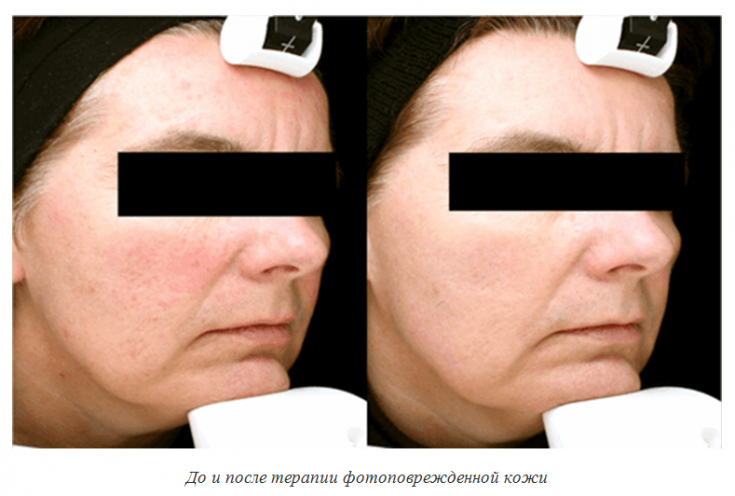Photodamage – one of the most important factors contributing to the appearance of signs of skin aging. Many patients claim that they always wear sunscreen when they go to the beach. However, in the vast majority of cases, an insufficient amount of funds is used.
Also, a very small percentage of patients follow the correct sun protection regimen on a daily basis. First of all, signs of photodamage appear on the face.
In this article, Christine Dierickx explains how to improve photodamaged skin with the help of hardware techniques.
Signs of skin damage from ultraviolet rays
Photodamage is a consequence of frequent exposure to ultraviolet radiation on the skin, as a result of which collagen fibers are destroyed, elastin synthesis is suppressed. There are five signs of photodamaged skin:
• dryness;
• change in texture (thickening, flabbiness of the skin);
• pigmentation disorders (appearance of dark spots on the skin);
• skin redness and telangiectasia;
• wrinkles.
Follow us on Instagram!
The above imperfections can appear both individually and in various combinations and degrees of severity.
Multifunctional platform to improve the condition of photodamaged skin
Nordlys – multifunctional platform that combines narrow-band IPL, Nd:YAG (1064 nm) and fractional diode laser with a wavelength of 1550 nm. The device is intended for photorejuvenation, improvement of skin texture, elimination of epidermal pigmentation and telangiectasias.
Using Nordlys, the user can select the wavelength and pulse width according to the target chromophore.

Skin texture improvement is achieved through the destruction of damaged collagen and the synthesis of new collagen fibers, which is triggered by the secretion of matrix metalloproteinase-1 (MMP-1), transforming growth factor-β1 (TGF-β1) and mitogen-activated protein kinase (MAPK) in fibroblasts.
How is the procedure for correcting skin defects caused by exposure to ultraviolet light
In most patients, skin photodamage disorders present as vascular disorders, uneven skin pigmentation, or a combination of both.
The first step of the – removal of make-up and cleansing of the patient's skin, followed by application of a contact gel.
For pigmentation disorders, the author chooses a wavelength of 555 & ndash; 950 nm and a standard laser spot measuring 48 x 10 mm. Density is set by the device based on Fitzpatrick skin type and tan level.
The default value is generally sufficient for sensitive areas, however density can be adjusted depending on the target area or patient sensitivity.
In most patients, skin photodamage disorders present as vascular disorders, uneven skin pigmentation, or a combination of both.
A quick clinical effect is achieved when working with skin types I and II – within about a minute, as energy is delivered to the skin, epidermal pigments begin to darken under the influence of photo-oxidation – this effect lasts for several hours.
If only redness appears on the patient's skin (types I and II), the author chooses a wavelength of 530-750 nm, which is better absorbed by hemoglobin (absorption peak - 542 nm), as well as melanin. The author prefers to use this wavelength when working with owners of fair skin, and a month after the procedure eliminates excessive pigmentation.
The procedure is fast, and the end point of its implementation is the moment of change in the color of the vessels (bluish tinge), which lasts only a few seconds. Individual vessels can be treated immediately after the appearance of redness, using a pulse corresponding to their size. Deeper telangiectasias or vessels located on the nostrils or folds of the wings of the nose can be treated with an Nd:YAG laser.
Laser technologies in the treatment of vascular neoplasms of the skin
The above procedures may be used to prevent the recurrence of signs of photodamage to the skin. They can also be combined with fractional laser rejuvenation to further improve skin texture and smooth wrinkles, which, along with normalization of pigmentation and neocollagenesis, will provide excellent results.
According to The PMFA Journal







Add a comment